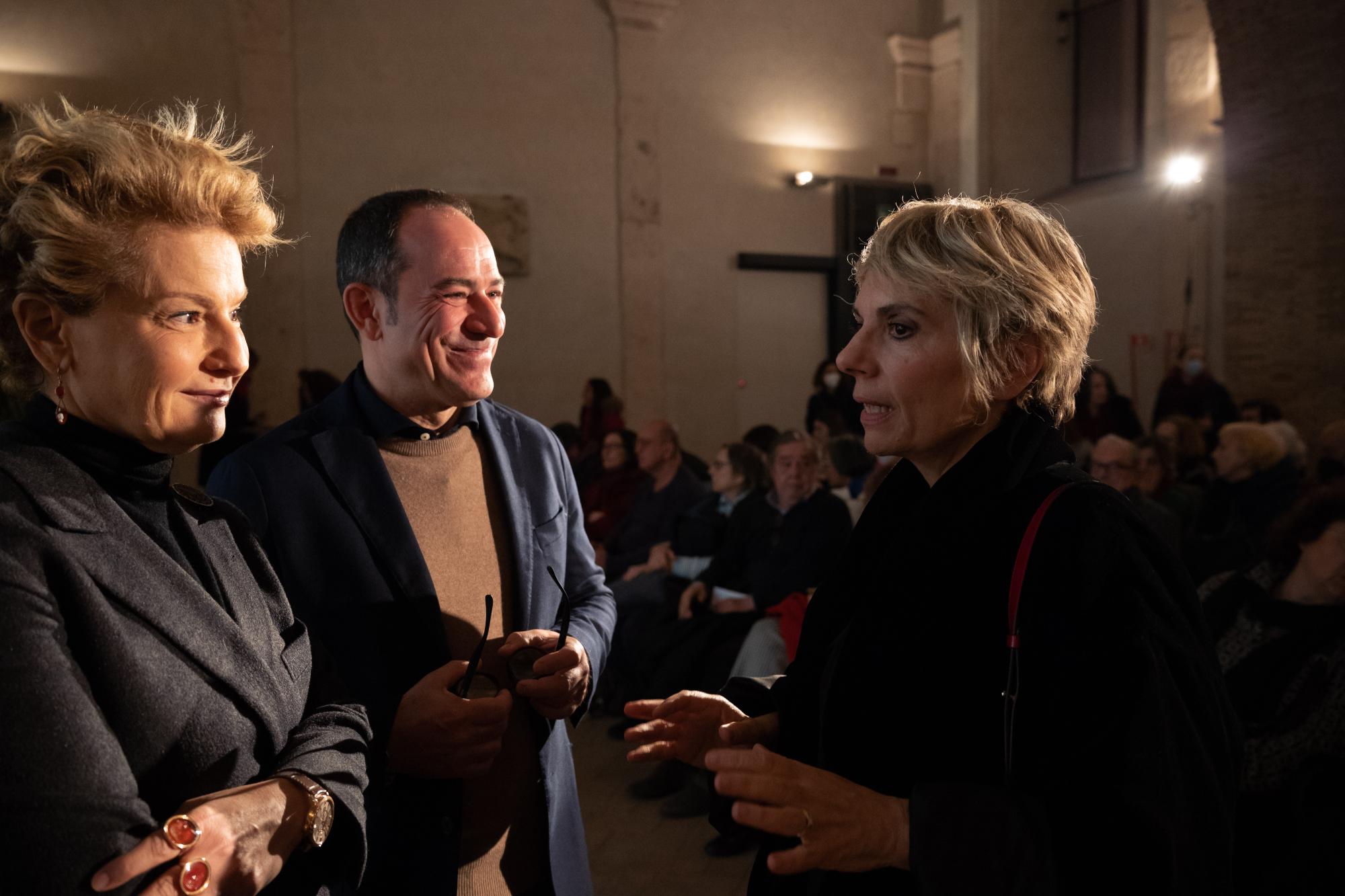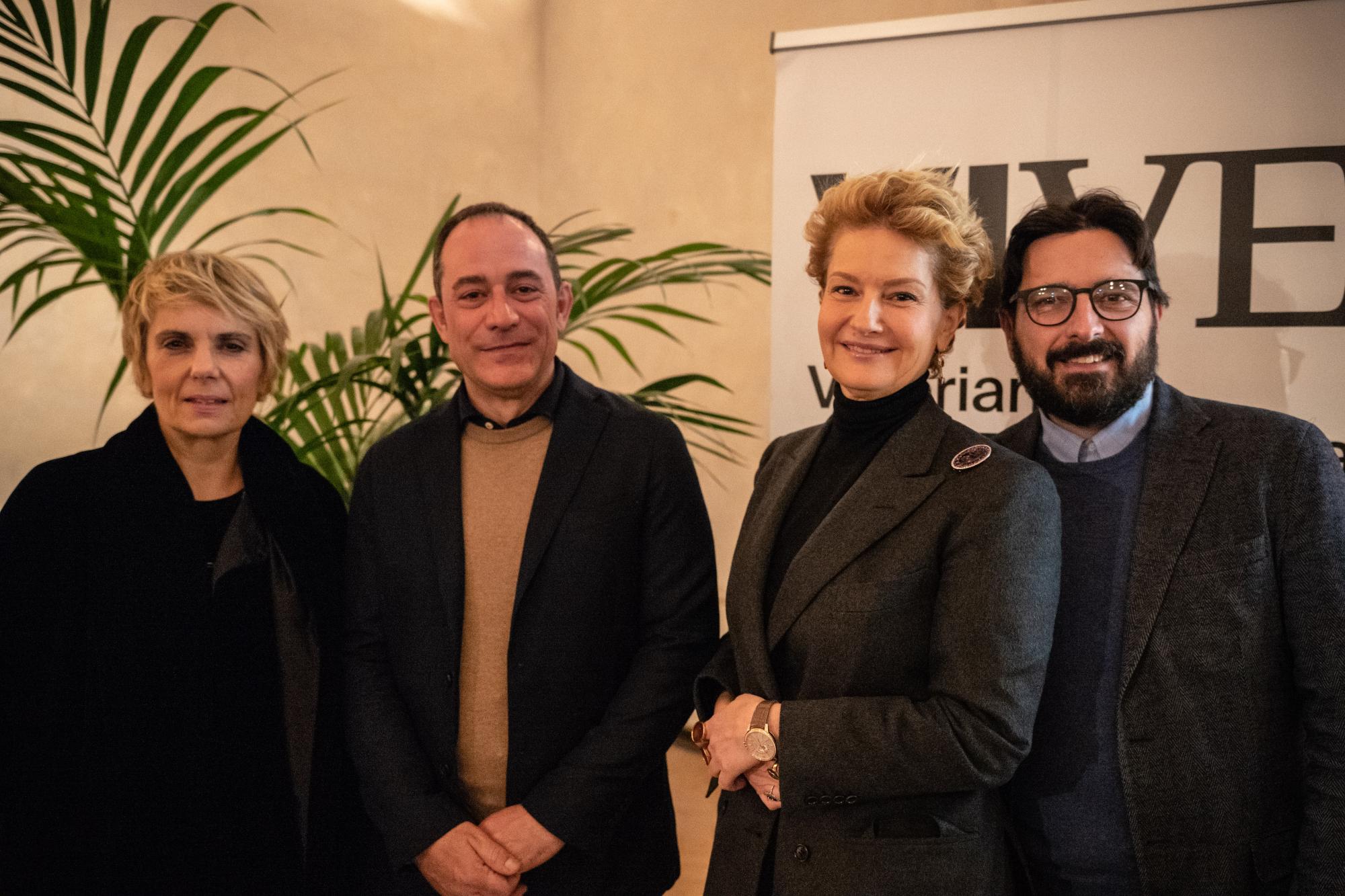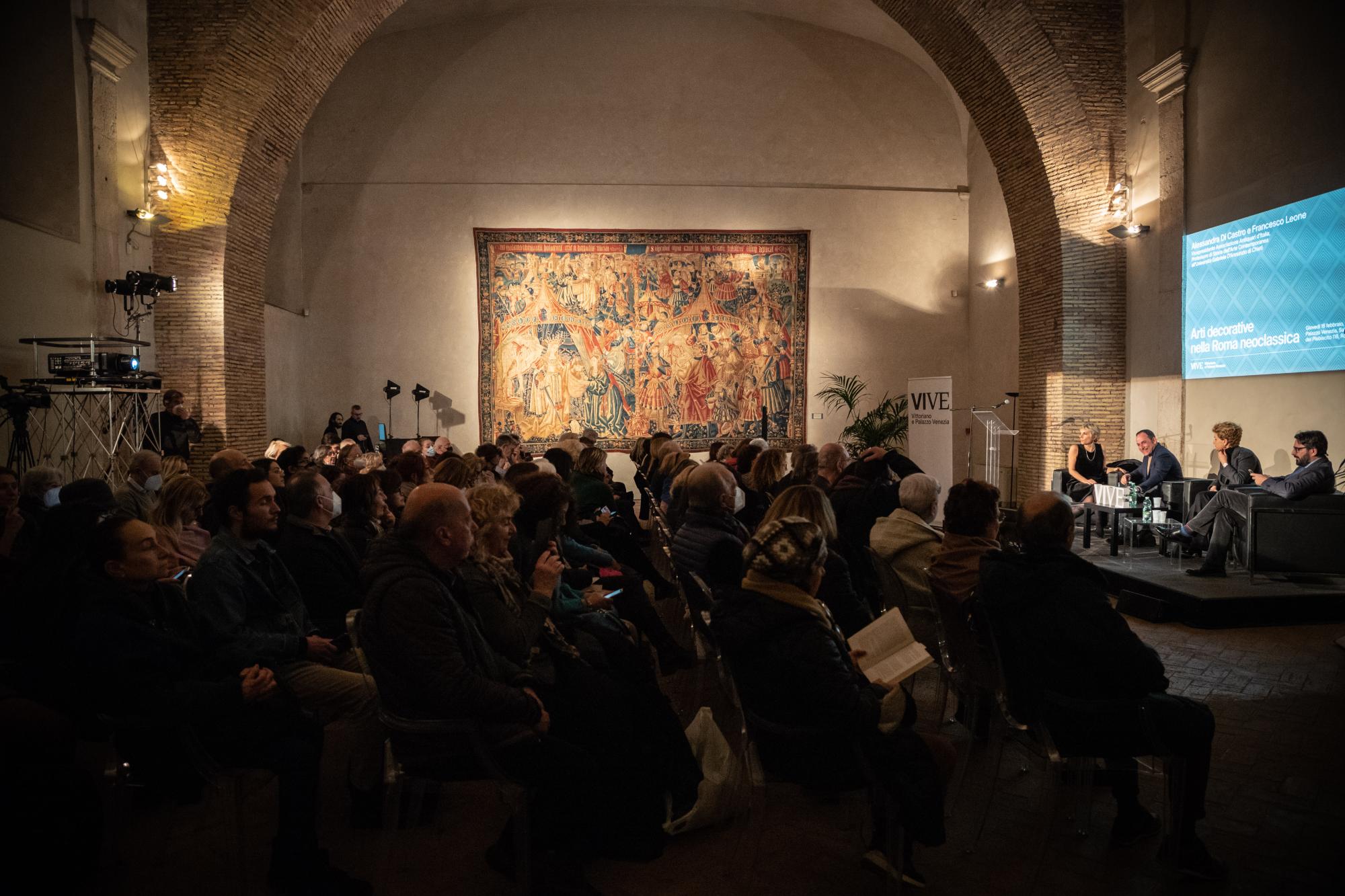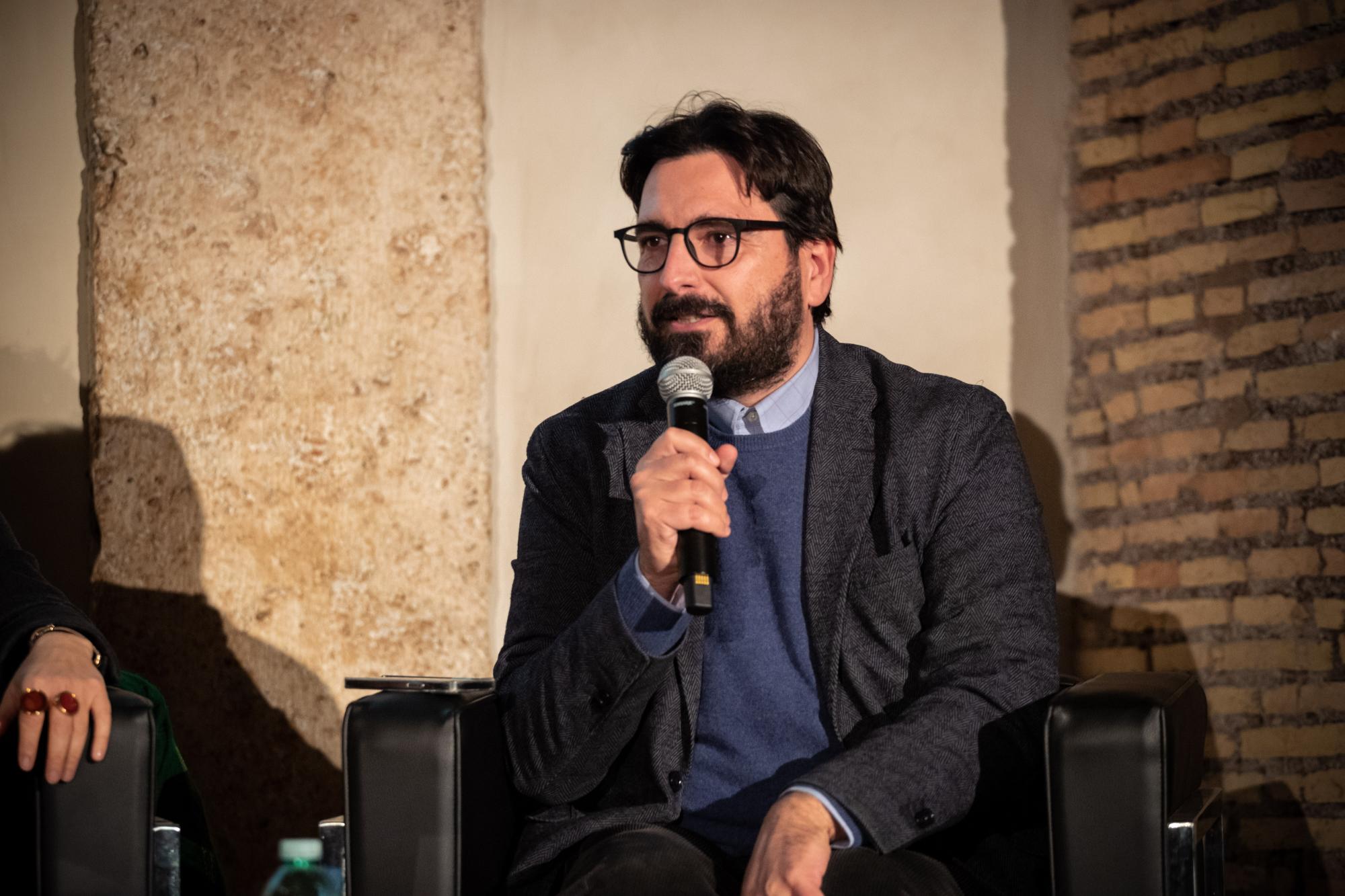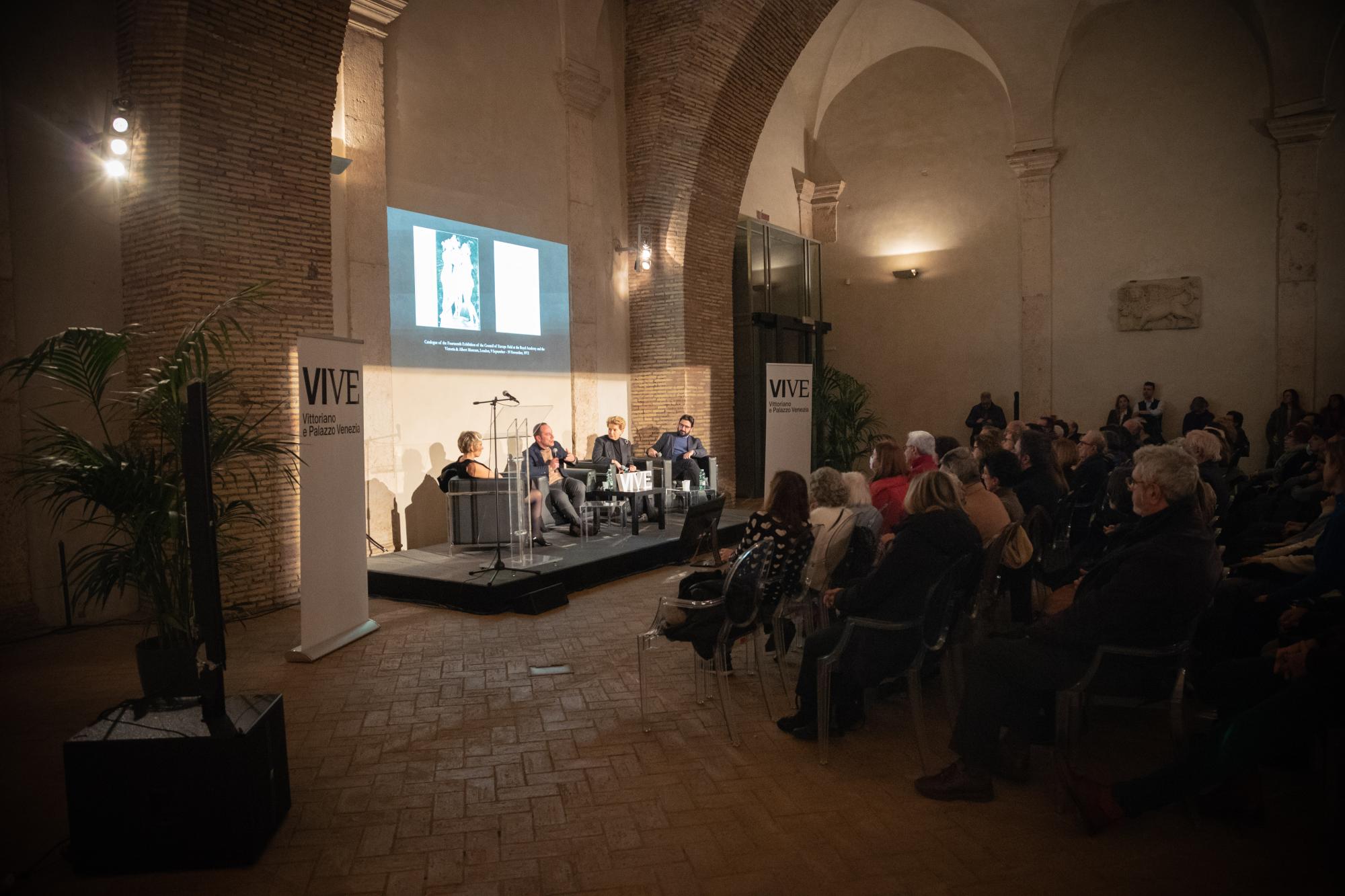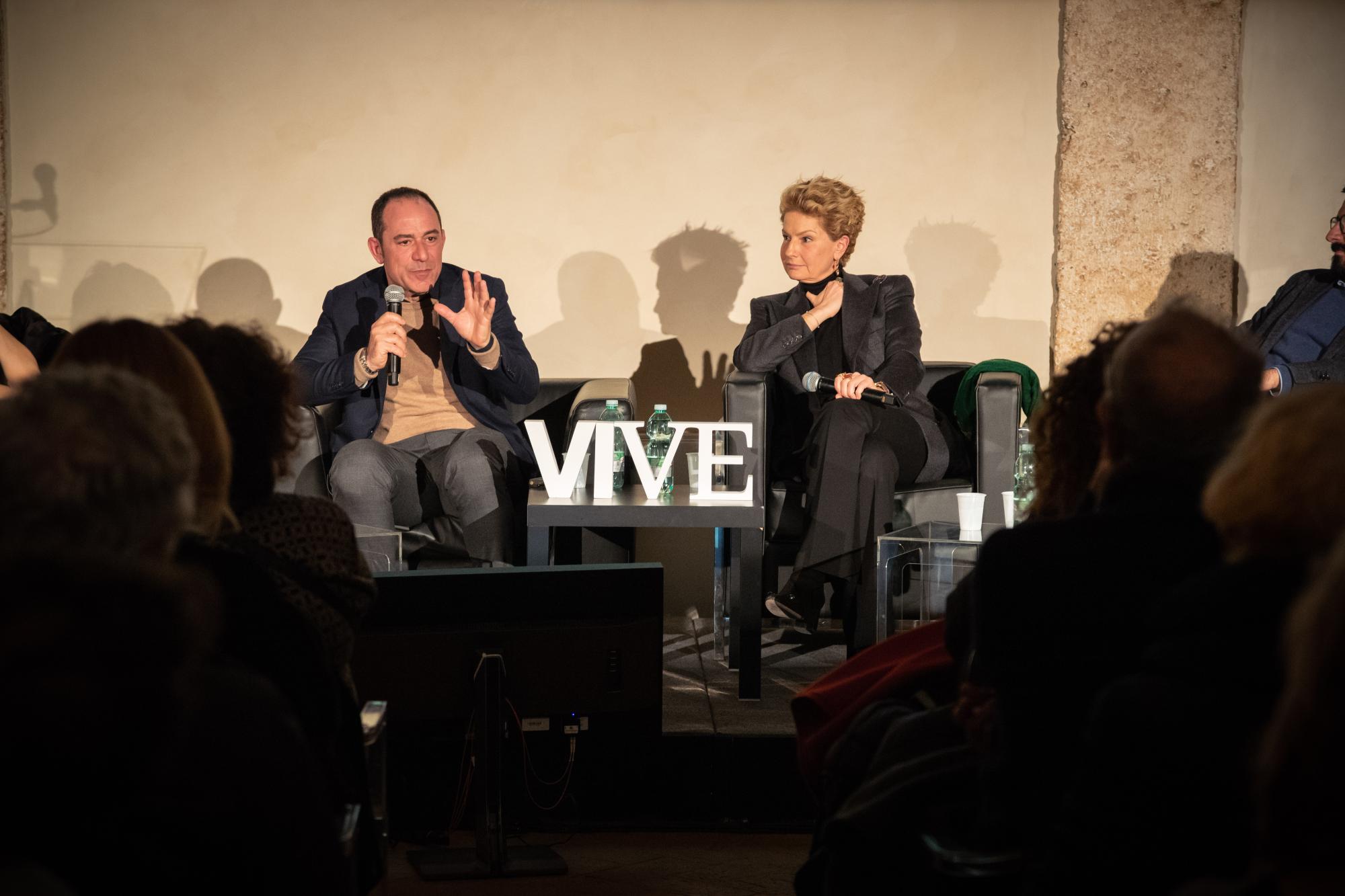SERIES: Private passions. Beauty all around - Under the aegis of Costantino D’Orazio, art historian, in collaboration with the Associazione Antiquari d’Italia
SERIES: Alessandra Di Castro & Francesco Leone
DATE: Thursday 16 February, 8 pm
PLACE: Sala del Refettorio
In the golden age of the Grand Tour, between the mid-18th century and the early years of the Conservative Order, Rome was the scene of an artistic production and debate centred on a reappraisal of the Ancient World. In this extraordinary climate, a key role was played by the decorative arts which in those years were enjoying major technical advances and new forms of expression. Anchored to neoclassical tastes, in close dialogue with the sister arts of painting and sculpture and driven by a fast-growing market, silverware and goldsmithery, the micro-mosaic arts such as glyptic and magnificent artworks born out of a fanciful and inspired mix of coloured marbles, precious stones and materials all flourished hugely. Collecting these treasures turned into a mania and generated a huge supply chain.
This complex art system – in which diverse genres and forms of art latched onto each other creating astounding eccentricities – saw the emergence of uncommonly intelligent figures such as Luigi Valadier in the silverware, bronzework and goldsmithery sector plus Giacomo Raffaelli and later Michelangelo Barberi in that of micro-mosaics. These were entrepreneurs in the luxury goods sector, on the one hand new interpreters of a modern and unprecedented vision of the arts and, on the other, the keepers of age-old crafts who successfully managed complex and multiform ateliers eager to meet the demands of the cultured Roman aristocracy and, more importantly, those of the sophisticated clients on the Grand Tour, ranging from great English lords to the future Russian Emperor Paul I, the son of the most powerful woman in Europe: Empress Catherine II.

